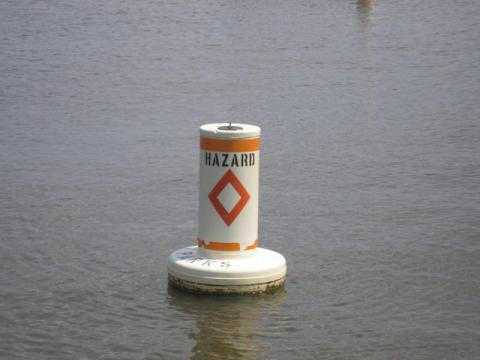
The next topic in our "back to the basics" series is flammable hazards. Its important to understand what causes a fire or explosion to occur in a process before you can even think about preventing one.
Industrial painting, coating and finishing processes requires a minimum ventilation rate to remove solvent vapor safely and prevent a fire or explosion. A mixture of solvent in air will burn or explode if sufficient amounts of solvent and oxygen and ignition energy are present. Safe operation is therefore dependent on limiting one or more of these elements.
In many industrial processes, especially ovens and dryers, the oxygen concentration is sufficient to support a fire or explosion. Also, despite efforts to eliminate ignition sources through the careful application of explosion protection methods (including flame proofing, anti-static precautions, purging, or intrinsic safety), ignition sources can and do exist in the form of hot air streams, hot surfaces, direct-fired burners, incinerators, thermal oxidizers.
A primary means, therefore, for the prevention of fire or explosion, is to carefully limit the solvent concentration to a level where it can not propagate a flame from the source of ignition back to the source of the solvent.

Add new comment